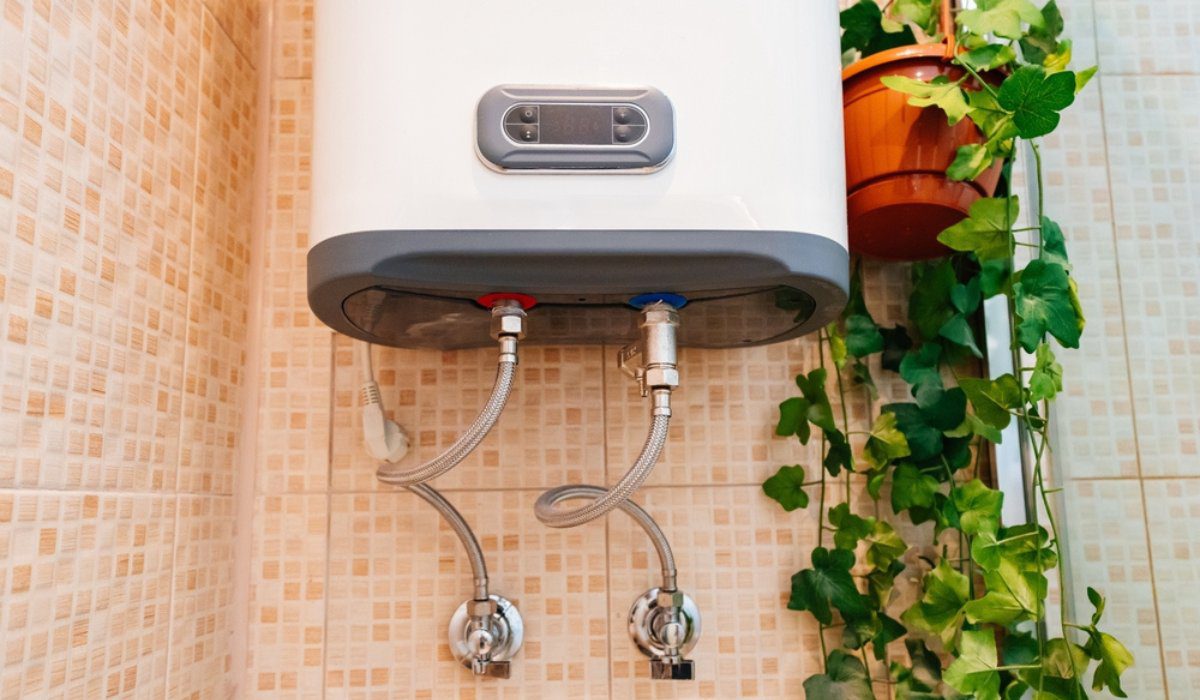Essential Advice on Caring for Your Home's Hot Water SystemCaring for Your Home's Hot Water System: Key Guidelines
Essential Advice on Caring for Your Home's Hot Water SystemCaring for Your Home's Hot Water System: Key Guidelines
Blog Article
They are making a few great annotation about Water Heater Maintenance Tips You Can't Afford to Forget as a whole in the content just below.

Warm water is essential for day-to-day convenience, whether it's for a refreshing shower or washing recipes. To guarantee your hot water system runs effectively and lasts longer, regular upkeep is essential. This short article offers practical tips and insights on just how to preserve your home's warm water system to stay clear of disturbances and costly repairs.
Introduction
Maintaining your home's hot water system could appear complicated, yet with a couple of basic steps, you can ensure it runs smoothly for years to find. This overview covers whatever from understanding your hot water system to DIY upkeep suggestions and knowing when to employ professional aid.
Significance of Maintaining Your Warm Water System
Regular upkeep not just prolongs the life-span of your warm water system however also guarantees it runs effectively. Overlooking upkeep can result in decreased performance, higher energy costs, and even premature failing of the system.
Signs Your Warm Water System Needs Upkeep
Understanding when your warm water system requires interest can prevent significant issues. Keep an eye out for indications such as inconsistent water temperature level, unusual noises from the heating unit, or rusty water.
Comprehending Your Warm Water System
Before diving right into upkeep jobs, it's helpful to understand the standard elements of your warm water system. Usually, this includes the hot water heater itself, pipes, anode poles, and temperature controls.
Month-to-month Maintenance Tasks
Routine monthly checks can assist capture minor problems before they intensify.
Purging the Water Heater
Purging your water heater gets rid of sediment accumulation, improving effectiveness and lengthening its life.
Checking and Changing Anode Rods
Anode rods stop corrosion inside the storage tank. Evaluating and replacing them when worn out is crucial.
Checking and Readjusting Temperature Level Settings
Changing the temperature level settings makes sure optimal performance and safety and security.
DIY Tips for Maintenance
You can do several maintenance jobs on your own to keep your warm water system in top condition.
Looking for Leakages
Regularly inspect pipes and links for leakages, as these can result in water damages and greater expenses.
Examining Stress Relief Valves
Evaluating the stress safety valve guarantees it operates correctly and avoids excessive pressure accumulation.
Shielding Pipelines
Insulating hot water pipes minimizes warmth loss and can save energy.
When to Call an Expert
While DIY maintenance is valuable, some concerns need expert expertise.
Facility Issues Requiring Professional Assistance
Examples consist of significant leakages, electrical problems, or if your water heater is regularly underperforming.
Routine Expert Maintenance Advantages
Specialist maintenance can include complete examinations, tune-ups, and making certain conformity with safety and security requirements.
Verdict
Normal upkeep of your home's hot water system is important for efficiency, longevity, and cost savings. By following these tips and knowing when to look for expert assistance, you can guarantee a dependable supply of warm water without unanticipated interruptions.
How to Maintain an Instant Hot Water Heater
Before tinkering with your hot water heater, make sure that it’s not powered on. You also have to turn off the main circuit breaker and shut off the main gas line to prevent accidents. Also turn off the water valves connected to your unit to prevent water from flowing into and out of the appliance. 2. When you’re done, you have to detach the purge valves’ caps. These look like the letter “T” and are situated on either side of the water valves. Doing so will release any pressure that has accumulated inside the valves while at the same time avoid hot water from shooting out and burning your skin. 3. When the purge valves’ caps are removed, you have to connect your hosing lines to the valves. Your unit should have come with three hoses but if it didn’t, you can purchase these things from any hardware or home repair shops. You can also get them from retail stores that sell water heating systems. Read the user’s manual and follow it to complete this task properly. When the hosing lines are connected, open the purge port’s valves. 4. You should never use harsh chemical cleaners or solutions when cleaning your unit. Make use of white vinegar instead. It should be undiluted and you’ll probably use about 2 gallons. 5. Now flush your water heater. This task should probably take about 40 minutes. We can’t give you specific directions for this because the procedure is carried out depending on the type, model and brand of your heater. With that being said, refer to the user’s manual. 6. When you’re done draining the unit, you have to turn off the purge port valves again. Remove the hosing lines that you earlier installed on each of the water valves. Put the valve caps (purge port) back in their respective places and be very careful so as not to damage the rubber discs that are found inside these caps. 7. Now that everything’s back in place, check your user’s manual again to find out how to reactivate your water heating system. 8. Once it is working, turn one of your hot water faucets on just to let air pass through the heater’s water supply pipes. Leave the tap on until water flows smoothly out of it. https://www.orrplumbing.com/blog/2014/september/how-to-maintain-an-instant-hot-water-heater/

I discovered that blog posting on Water Heater Maintenance Tips You Can't Afford to Forget while browsing on the search engines. Sharing is caring. Helping others is fun. I truly appreciate your readership.
Call Today Report this page